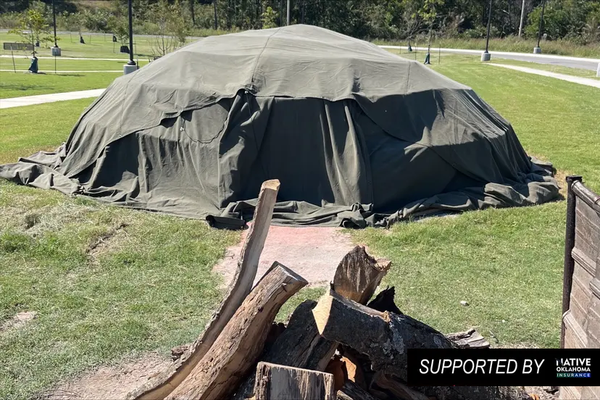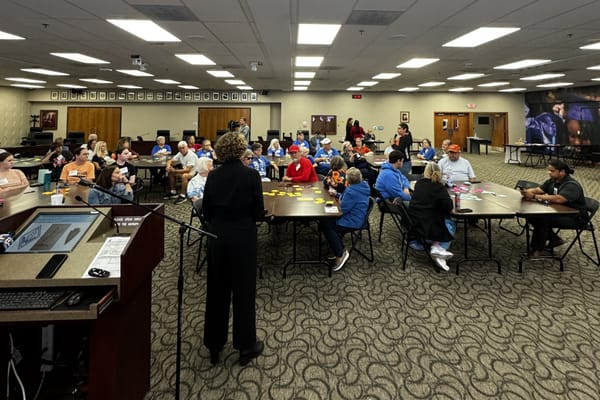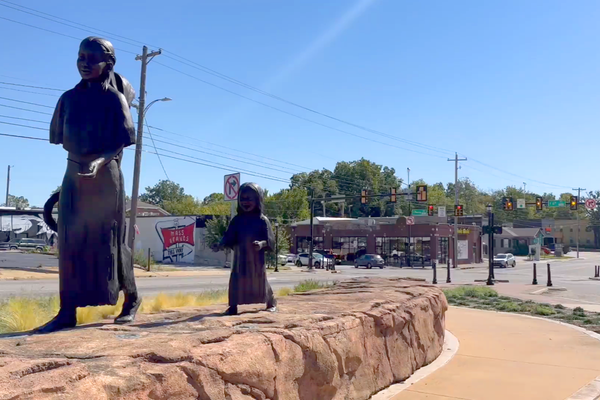EMSA Prepares for Freezing Temperatures, Encourages Tulsans to do the Same

(TULSA, Okla.) As a blast of Arctic air makes its way to Green Country, EMSA released the following message to the public:
"EMSA is warning residents to take cold weather precautions now in anticipation of freezing temperatures forecasted in the coming days for the Tulsa area. Tulsans should make sure they are wearing proper clothing, including multiple warm layers of clothing, hats, gloves, and sturdy shoes, and limiting time outdoors. EMSA also encourages residents to check on their neighbors, family, and friends to make sure they have transportation, when needed, and have adequate heating in their homes or have access to a shelter.
"We want to make sure that area residents using alternative heating sources, such as space heaters, are used properly according to safety guidelines, including making sure that heaters are not too closely located next to flammable sources such as curtains, blankets, or bedding, and that you never use outdoor grills, gas ovens or propane heaters indoors to avoid lethal carbon monoxide poisoning and fires."
EMSA also provided the following tips to help people working/staying outside in the cold to stay warm, saying they are the same recommendations they give to their EMSA Team Members who will be working in this sub-freezing weather:
When possible, try to work in an area sheltered from the wind.
Dress appropriately. Wear at least three layers of clothing: an outer layer to break the wind and allow some ventilation (like gortex or nylon); a middle layer of wool, down, or synthetic pile to absorb sweat and retain insulating properties when wet; and an inner layer of cotton or synthetic weave to allow ventilation and escape of perspiration.
Layer clothing to create air pockets that help retain body heat. Layering also makes adapting to changes in weather and level of physical exertion easier.
Keep a change of clothing available in case your work clothes get wet. If your clothes get wet, you should try to change into dry clothes as soon as possible.
Pay special attention to protecting your feet, hands, head, and face. Your head should be covered (up to 40% of your body heat can be lost when your head is exposed). Fingers and hands lose their dexterity at temperatures below 59°F. Find gloves that will allow you to perform the tasks you need to perform and remember to put dry gloves on if your gloves get wet.
Wear boots or shoes that protect against cold and dampness. Footwear needs be insulated and fit comfortably with several layers of socks.
Avoid wearing dirty or greasy clothing because they have poor insulating properties and will allow you to get cold faster than clean clothing.




